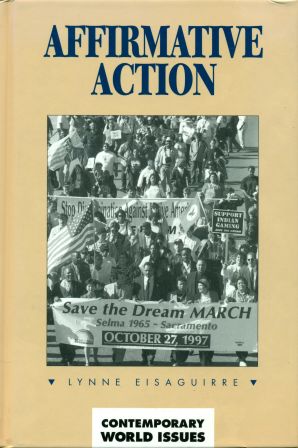 August 14, 2017 August 14, 2017
Are You Making Google’s Mistakes? How to Avoid Their Current Diversity Dust-up
 A lot has been written about the recent firing of the Google engineer, James Damore, who wrote an internal – although widely circulated – memo about how there are fewer women at Google and other tech companies because of biological differences that made them unfit for such work. Damore also claimed that he found Google’s diversity training shaming to white men and that his “free speech” rights were being violated because he couldn’t express such views. http://www.latimes.com/business/technology/la-fi-tn-google-diversity-20170811-story.html A lot has been written about the recent firing of the Google engineer, James Damore, who wrote an internal – although widely circulated – memo about how there are fewer women at Google and other tech companies because of biological differences that made them unfit for such work. Damore also claimed that he found Google’s diversity training shaming to white men and that his “free speech” rights were being violated because he couldn’t express such views. http://www.latimes.com/business/technology/la-fi-tn-google-diversity-20170811-story.html
Damore is now claiming that he is considering suing Google because he had filed a claim with the National Labor Relations Board (NLRB) before he was fired asserting a right to talk to his fellow Googlers about such issues.
“Good diversity training should not make anyone feel stereotyped or insulted.”
- Among the sound and fury about this issue, I’ve noticed a lack of legal clarity so I feel compelled to weigh in. First, despite what many employees think, most of them don’t have “free speech” or First Amendment Rights at work. The First Amendment applies to government action, not the action of private employers.Private employers have a right to create and enforce rules governing behavior at work, including rules governing speech. We all give up something in exchange for a paycheck and the right to say whatever we want at work is one of them. Without such conduct codes, workplaces would truly be back in the sandbox.
- The legal conundrum here is that the NLRB which enforces The National Labor Relations Act, has ruled that employees have a right to engage in “concerted action”, including talking to each other about “working conditions”. This protected activity governs things such as chatter about safety issues, salary and benefits, and the like. I’m not aware of any case upholding the right to spout gender stereotypes. My bet would be that the laws on harassment will trump any NLRB claim.
- Companies have the sometimes conflicting obligation to do “All Things Necessary” (that’s a direct quote out of the law) to prevent workplace harassment, including hostile environments based on gender, race, and so on. Allowing gender or racial stereotypes to be thrown about or used in hiring promotions would be a clear violation of the laws governing harassment and discrimination. An organization cannot sit back and wait for someone to make a complaint about such talk, they have an obligation to act, including disciplining or terminating individuals who engage in such behavior. Google had little choice but to fire or discipline the offending employee, not just for violating their internal code of conduct, but in order to prevent things escalating into a hostile environment (especially when Google is already being investigated by the Department of Labor for wage differences between men and women).
- Good diversity training should not make anyone feel stereotyped or insulted. While I’m not familiar with the parameters of Google’s diversity efforts, it is possible to conduct training that does not create these kinds
What Should You Do?
Make sure that your diversity  training makes everyone feel included and not insulted. One way to do that is to avoid labels for people or behavior. I’ve written before that it’s not effective to call someone (or their behavior) “sexist”, “racist” and so on. In my experience, using those labels hardens opposing views and drives people to debate. Instead, be behaviorally specific about what kinds of speech or action violate the law, your organization’s policies or your values.
Allow the participants to engage in an open and respectful discussion about how they think they should treat each other at work and lead them through an exercise where they create their own values. Generally, these will be consistent with the company’s values, but if not, allow a lively discussion of differences and what individuals should do if their own ideas about values do not comport with the company’s. Make sure that you define diversity broadly: not just race, gender and sexual orientation, but all the things that make us individuals, including, for example, where we were born, what values we were raised with, our ideas and our ethnic background.
Allow people to volunteer their own “cultural stories” about the unique attributes of culture that they bring to the workplace and how that contributes to a richer tapestry for the organization. Don’t force anyone to share anything too personal that makes them uncomfortable, but allow them to choose how much they want to reveal. We’re always amazed at the stunning stories participants bring forth of their own accord.
Above all, be respectful and polite with regard to different views. We always want to model the very behavior we’re trying to instill.
 Did You Know Did You Know
We conduct diversity training along the lines described above. We use a variety of different facilitator pairs to make sure that the participants feel well represented. In 25 years of providing such training, we have never had anyone complain that they felt insulted or that their views were not heard.
For more information, call or write us at: 303-216-1020 or [email protected]
Learn more about our training offerings and check out our team members at:
Be sure to read Lynne’s books on sexual harassment and affirmative action.
 
|
|
3985 Wonderland Hill | Suite 106 | Boulder, CO 80304
|